Let’s get this out of the way: I don’t love Suburbia, maybe the most popular game in Bezier Games’ catalog. (If you love Suburbia, you should definitely read my colleague Andrew’s fantastic piece on the game, its expansions, and the word “suburbs.” It’s a blast!)
But I have enjoyed all of my other Bezier experiences: Whistle Stop, Colony, and Castles of Mad King Ludwig (I have the app on my iPad). Lots of my friends love the One Night Ultimate series of games, with Werewolf certainly commanding its own massive following.
Maglev Metro is the newest title from Bezier and designer Ted Alspach. When I first read about it, I was intrigued by its goals: an accessible train game, with standard pick-up-and-deliver elements, tied to worker efficiency, faster playtime and no blocking of other player’s train routes. All of this meant the game would reach a more accessible audience, so I took the plunge and bought a copy at retail.

You Already Have the Deluxe Version
Any discussion about Maglev Metro has to start with what’s inside the box. Simply put, the game looks and feels like a deluxified, all-in Kickstarter delivery. Beautiful, clear plastic tiles which can be stacked on top of other train routes around the board. A start player token that is the heaviest coin you will ever find in a board game. Maglev Metro’s train station cardboard tiles are 7 mm thick (for reference, basically 7 times every other cardboard token you are used to seeing in a board game).
The station tiles are so thick that one of the members of my review crew first tried to separate the tiles, thinking these tiles were actually 2-3 tiles and just needed to be pulled apart. No, they are ridiculously thick!
The metal train each player uses as their token is even better. Cut to fit up to 4 wooden meeples (representing robots and human passengers), these trains are heavy thanks to their metal bottoms. The train pieces are built so that they won’t tip over during a game. The card stock is fine and the meeples—save for their colors, which we’ll get to later—are also standard issue.
But then you get to the bottom of the box and you see that your game board is broken. No, wait—it’s cut into 4 distinct pieces because all of the station spaces are recessed to fit those chunky station tiles. And these 4 pieces are double-sided, to give you 2 distinct maps (Berlin and Manhattan), one map for casual gamers looking to get the engine rolling quickly and one map for strategy gamers, with a slower burn but a better payoff for the expert planner.
Man, I’m glad I got the deluxe version of the game, you’ll be saying as you pat yourself on the back. Then, it hits you: EVERYONE gets this version of the game, because Maglev Metro only comes in one version: heavy! You know those State Farm commercials, where NFL quarterbacks congratulate themselves for getting the “better” version of State Farm insurance? Then Jake from State Farm shows up and tries to convince viewers that everyone gets the same great rates?
The same thing happens with Maglev Metro. It’s an incredible production, full stop. And as good as it feels in your hands during set-up, the real payoff comes when you take pictures of the finished board when your game is over.
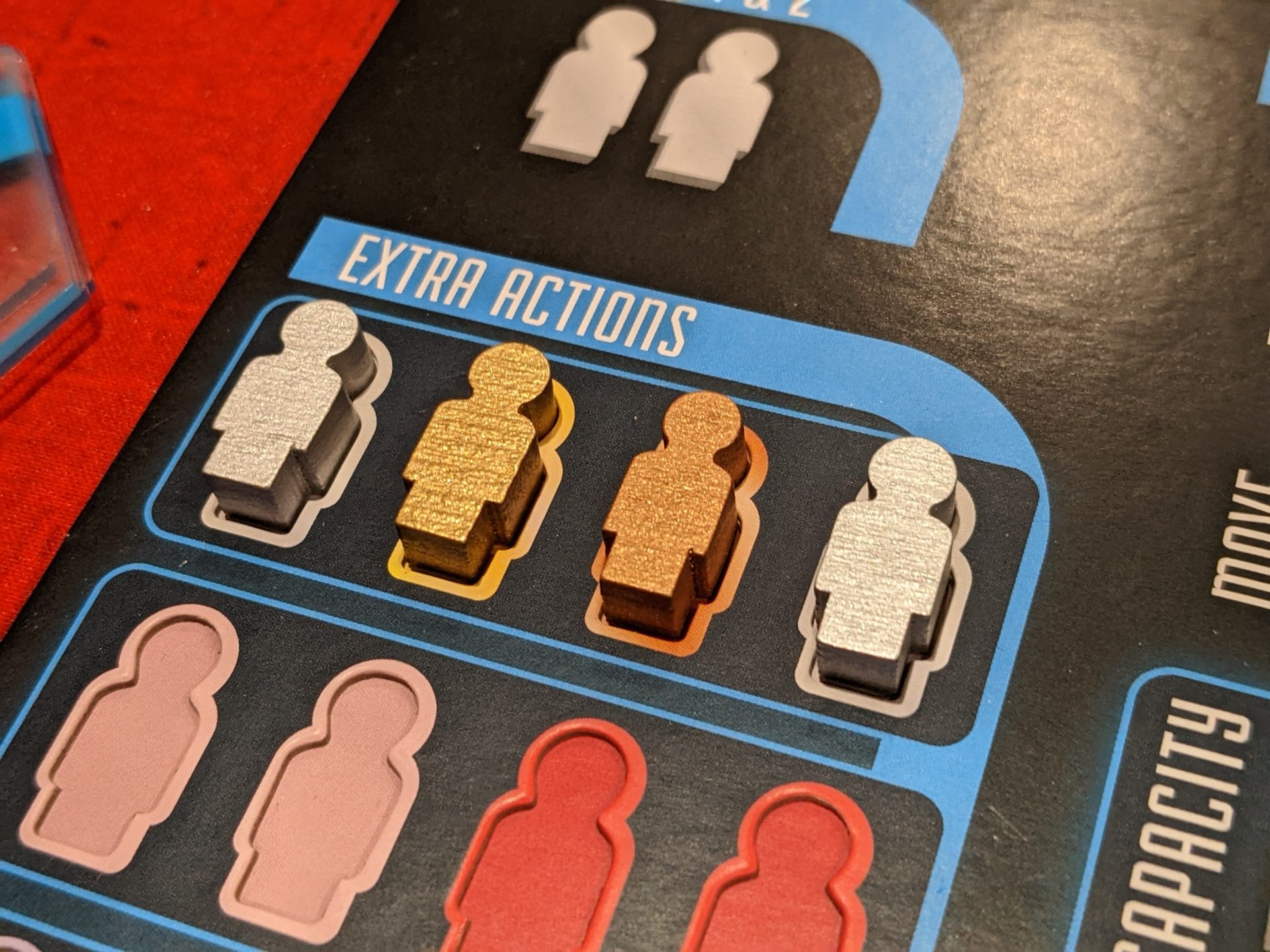
The Train Game Euro
Maglev Metro IS a train game, because it has trains and passengers and track tiles and stations. But ultimately, it’s a Eurogame: how can I efficiently pick up the right kinds of robots and passengers and deliver them to their destinations while manipulating my player board to get the most done with the least number of actions?
I mentioned all of those incredible production elements previously. One thing I didn’t mention: money. Maglev Metro doesn’t bother with money. It assumes your company, be it “Coaster 2.0” or “American Metro” (no one said creative naming conventions were a highlight here), has all the money it needs to do any single thing the future requires. So during the game, there is no fundraising action. There’s no stock market to manipulate. No loans.
You just take actions: building track, moving your train from station to station, picking up whoever is standing in your current location. You’ll have a pool of starting robots to do your bidding, and you can even move those robots around to do more. The color of the robots sometimes dictate what they can do for you, and sometimes it doesn’t matter what color they are (democracy!!). The position of these robots, and adding more of them by delivering them to the right stations during gameplay, is how you work your Euro efficiency-building magic in Maglev Metro.
Building track is a cinch. As long as your track tiles only exit 2 sides of any hex on the board, you’re good, and you are never blocked with which stations you can get to thanks to the way tiles stack on top of each other. The tiles are “aesthetically curved” (Bezier’s term), meaning that straight track tiles are printed so that blue’s straights never overlap green’s straights, etc. By the time a 4-player game wraps up, you are going to have lots of good-looking spaces on the map.
As time wears on, you’ll align robots to spaces that open up more possibilities, including opening stations which access human passengers which can score more points. Any time you deliver passengers to their destinations, they immediately move to your player board, where you have a choice: do I use that pink passenger to eventually unlock a 3rd, or 4th, or 5th action? Do I use them to help me score more end-game victory points for having lots of other pink passengers? Or do I use that passenger to help me score more of my secret end-game scoring cards?
Yep, Maglev Metro has end-game victory point cards, too. That’s squarely in line with the Euro gamer in me, and it fits with the mission Maglev Metro sets out to achieve. There are trains in the game, but it is not a train game. You want to get that efficiency engine humming and just as you have maximized efficiency, someone will trigger the end game. You’ll add up your points from completed track and unlocked bonuses on your player board.
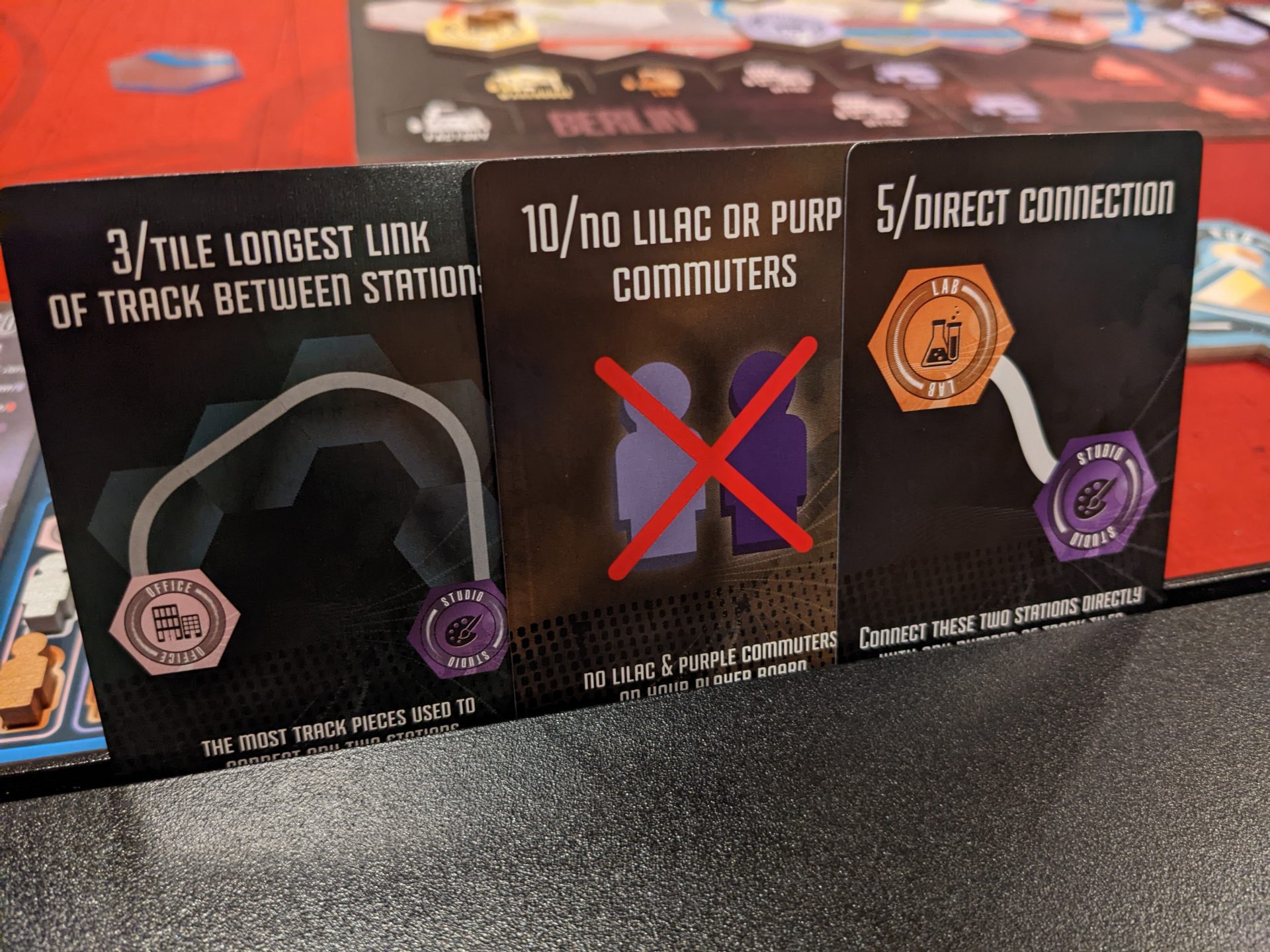
Mind the Gap
Hearing all of this, then, will disappoint the 18xx gamer, if the lack of stock rounds wasn’t enough already. Even the folks who were looking for a “light” train game should veer into “cube rail” games like the fantastic Iberian Gauge if you are looking for train games that replicate the 18xx experience in an hour or less.
Maglev Metro works as a fun puzzle for gamers looking to optimize turns in a futuristic setting. The back half of any game of Maglev Metro is a treat, especially if you’ve found a great way to loop around the board, dropping off passengers to slowly build up your player board.
But it takes quite a while for the game to get interesting. Playing solo or with 3 players (I have not played it yet with 4 players), every game of Maglev Metro takes 20-30 minutes to get to a place where you feel like you are doing anything worthwhile. Two actions is all you get to start the game, and for quite a while you’ll be stuck with those 2 actions every turn as you build track, your first couple of stations, or pick up passengers.
Even though turns are snappy, the slow start represents the gap impeding Maglev Metro from true greatness. This is especially true on the Berlin map because robots have to be delivered to their matching color station to move to your player board. On the Manhattan side, there is a special tile (The Hub) which acts as a robot wild delivery tile: any color robot can be dropped off there, which really spikes the ability to get robots into your engine.
Speaking of colors and robots, the production of Maglev Metro misses badly in one key area: the color of the gold and copper robot meeples. (I also think Bezier could have used different colors for the passengers too, because the purples are quite similar.) Even broad searches online yield tons of negative commentary about the color of the meeples in Maglev Metro, to the point that many players have painted the gold meeples yellow to further differentiate them from the copper ones. It doesn’t break the game, but you will absolutely have a few turns every game where you think you are going to a station to pick up a copper robot, only to realize it is gold, and that you are not currently connected to a gold station. Fail.

End of the Line
No matter what, though, a game of Maglev Metro always finishes strong because one look at the board always yields the same result:
“Man, those plastic tiles look gorgeous.”
The way those track tiles look on the board, the way they stack, the way players creatively connect stations? It just can’t be beat in the looks department. It is still semi-mind-blowing that no other train game is built around overlapping routes that physically stack in this way. Maglev Metro, then, stands out as a train game that reduces competition to a race, leaving the blocking of competitors completely off the table.
It’s not perfect, especially the first third of the game. I also think the solo variant of Maglev Metro is a bit too punishing in the way the AI takes turns, because it draws passengers/robots from the bag every turn. In this way, you have to really push to build new stations quickly, and even then you are going to get a negative tally for all of the meeples drawn from the bag for the AI. I’ve played solo 3 times and I’m not sure I ever found it fun.
More maps are on the way, so I’m curious to see what those add to future plays. But as-is, Maglev Metro is a fun twist on a train game and can be scaled up or down in complexity based on your audience. The game looks great on a table for sure!


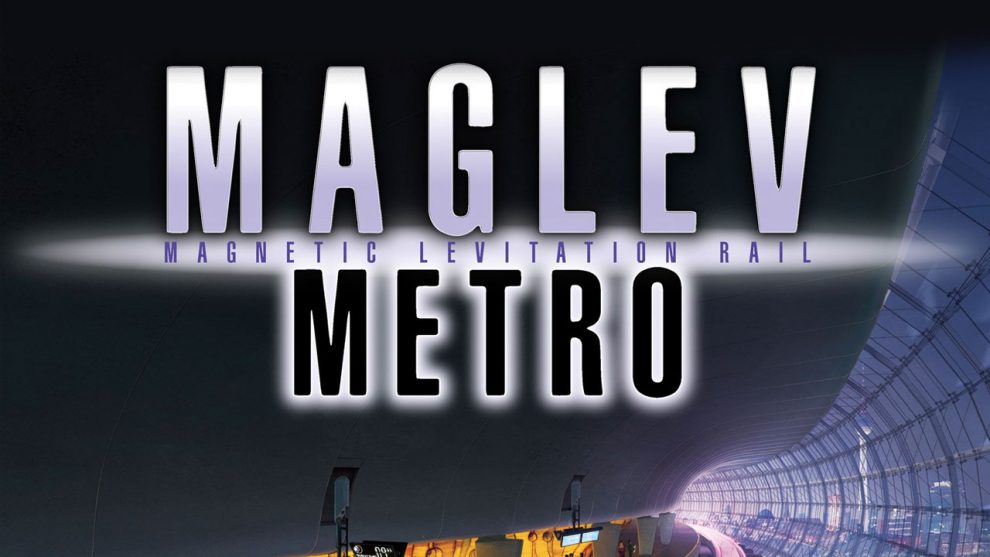

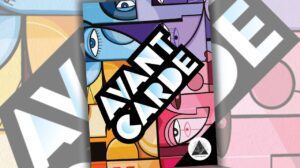

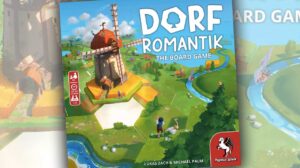





Add Comment